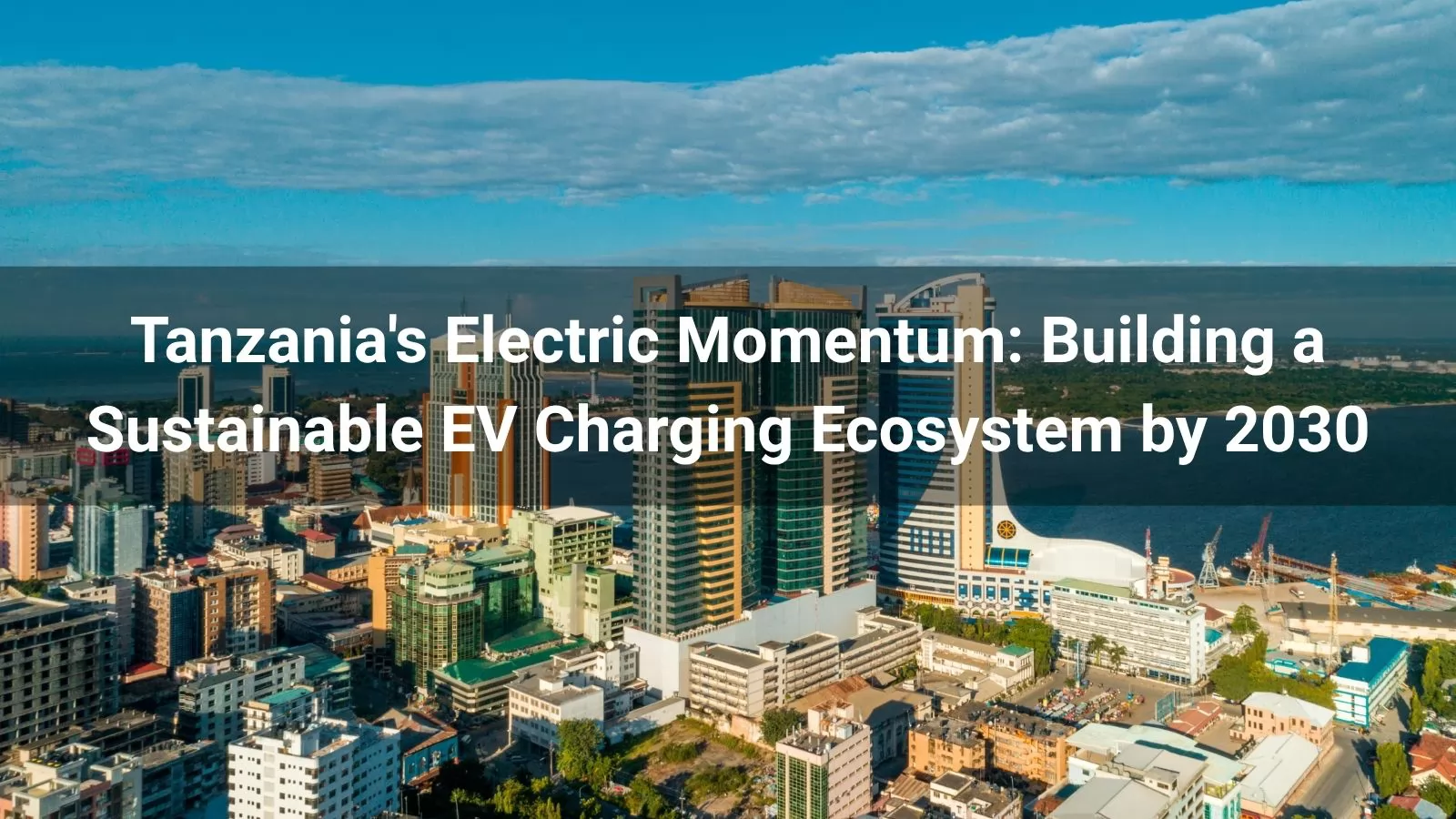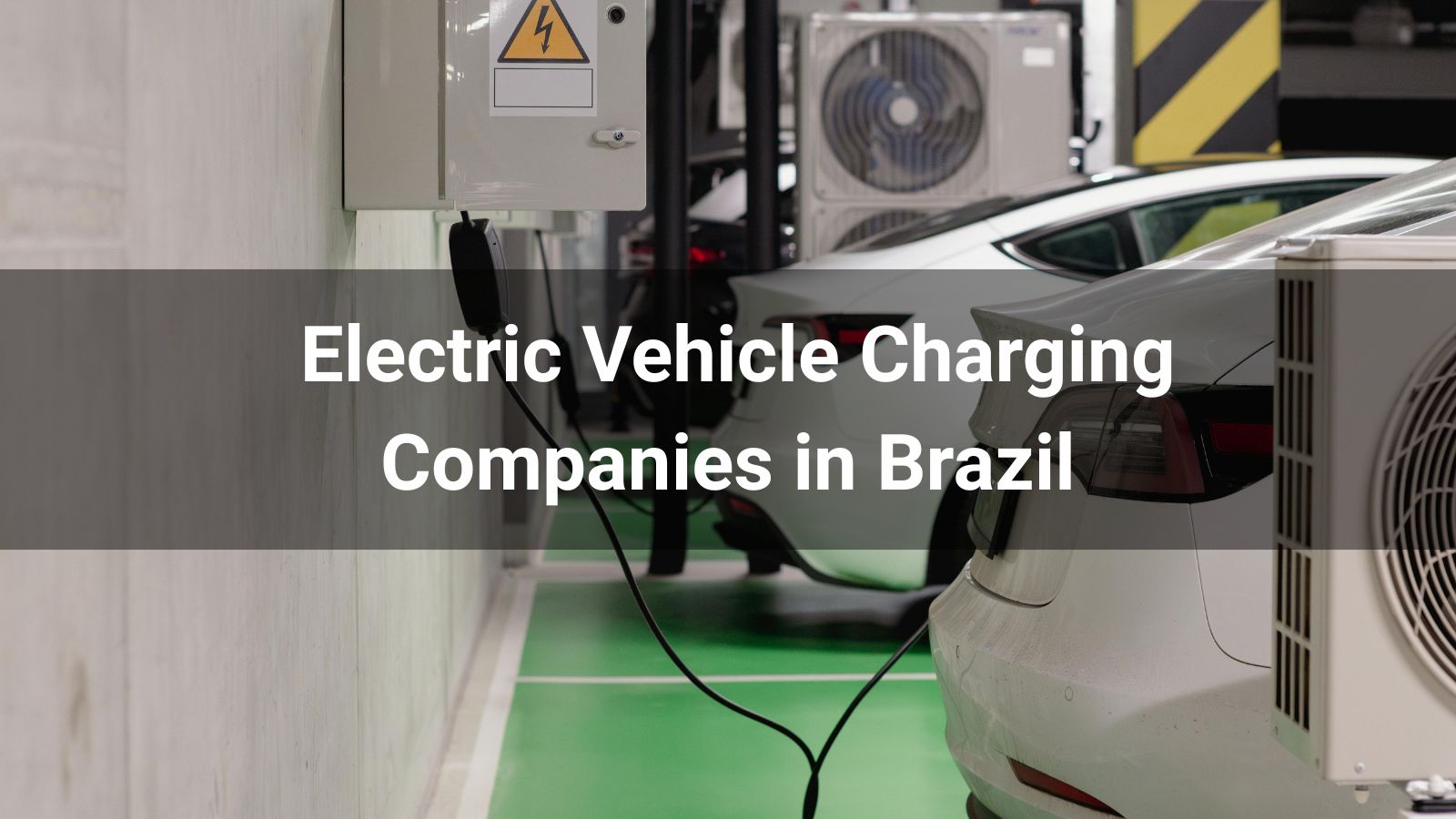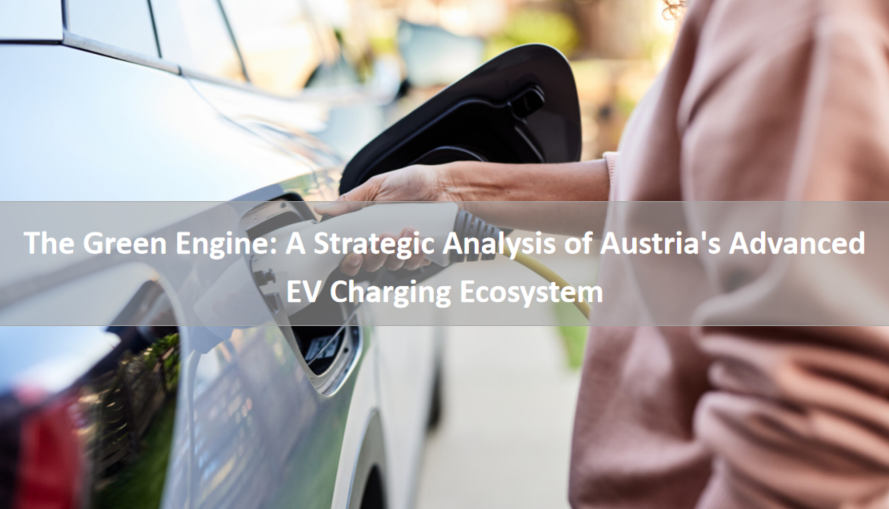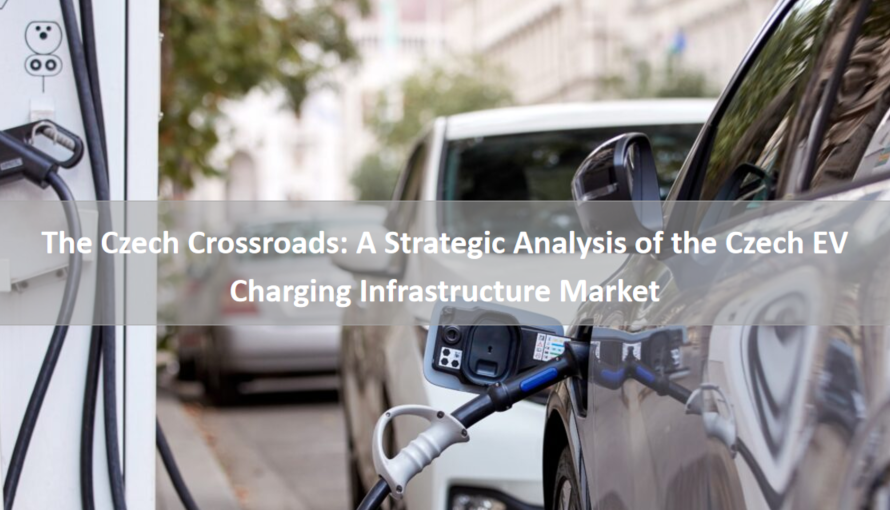
Tanzania is emerging as a key player in East Africa’s electric vehicle (EV) transition, leveraging renewable energy potential, strategic policies, and private-sector innovation to develop a nascent EV charging infrastructure. This report analyzes the national policies, market size, development status, opportunities, and challenges of EV charging stations in Tanzania within a rigorous framework. National policies, including tax exemptions and the National Energy Policy 2015, aim to support EV adoption and align with Vision 2025 and climate goals. The EV market, though small, is projected to grow from USD 0.04 billion in 2025 to USD 0.22 billion by 2030 at a CAGR of 40.5%, driving demand for charging infrastructure. Development is underway with approximately 15 public charging stations, primarily in Dar es Salaam, supported by private initiatives and TANESCO’s investments. Opportunities include harnessing Tanzania’s 60% renewable energy mix, public-private partnerships, and battery-swapping models, while challenges such as high electricity costs, limited infrastructure, and consumer awareness persist. Strategic recommendations focus on accelerating infrastructure deployment, finalizing regulations, and integrating renewables to position Tanzania as a regional EV leader.
Tanzania’s national policies for EV charging infrastructure are evolving, with tax incentives, renewable energy strategies, and the National Energy Policy 2015 fostering a supportive environment. However, incomplete regulatory frameworks and fiscal constraints limit scalability.
Tanzania’s policy framework aligns with Vision 2025 and its commitment to reduce greenhouse gas emissions by 30–35% by 2030 under the Paris Agreement. Key policy elements include:
The Tanzanian government offers reduced import duties and VAT exemptions for EVs, lowering costs by up to 25% compared to internal combustion engine vehicles. These measures, introduced under the Finance Act 2022, mirror Kenya’s EV tax reductions.
The Ministry of Energy is exploring subsidies for charging station installations, targeting private operators, similar to Côte d’Ivoire’s model with Pétro Ivoire.
The National Energy Policy 2015 promotes renewable energy and energy access, indirectly supporting EV infrastructure by expanding grid capacity. The draft E-mobility Framework, under review in 2025, targets 5% of new vehicle sales to be EVs by 2030 and plans for 500 charging stations.
The framework emphasizes public transport electrification, with pilot projects for electric buses in Dar es Salaam, drawing on Kenya’s BasiGo model.
Tanzania’s 60% renewable energy mix (hydropower and solar) supports sustainable charging infrastructure. Projects like the 2.1 GW Julius Nyerere Hydropower Plant, completed in 2025, provide a foundation for green charging hubs, aligning with global trends in China.
The Rural Energy Agency (REA) promotes off-grid solar solutions, which could support rural charging stations, similar to Kenya’s Solar Freeze initiative.
The absence of finalized standards for charging infrastructure, such as connector types (e.g., CCS2, CHAdeMO) or interoperability protocols like OCPP, creates uncertainty for investors. This mirrors challenges in Jordan, where standardization lags.
Fiscal constraints, with Tanzania’s public debt at 40% of GDP in 2025, limit government investment, necessitating private-sector and international support.
Tanzania’s EV market is nascent but rapidly growing, projected to increase from USD 0.04 billion in 2025 to USD 0.22 billion by 2030 at a CAGR of 40.5%, driving demand for charging infrastructure. The charging station market, though small, is poised for expansion to support this growth.
Tanzania’s EV market is estimated at 800 vehicles in 2025, primarily two- and three-wheelers in Dar es Salaam and Zanzibar. By 2030, this is projected to reach 8,000 vehicles, driven by tax incentives and rising fuel costs. The CAGR of 40.5% exceeds regional peers like Jordan (34.2%).
This growth aligns with Sub-Saharan Africa’s (SSA) trends, where EV adoption is accelerating, though Tanzania lags behind South Africa’s more developed market.
As of 2025, Tanzania has approximately 15 public charging stations, mostly Level 2 chargers in Dar es Salaam, operated by TANESCO and private players like Ampersand. Plans for 500 stations by 2030 target a 10:1 EV-to-charger ratio, consistent with global benchmarks.
The global EV charging market, projected to grow from USD 30.63 billion in 2025 to USD 257.33 billion by 2032 at a CAGR of 35.5%, provides a benchmark for Tanzania’s potential.
Compared to Côte d’Ivoire’s 30 chargers or Kenya’s 20, Tanzania’s infrastructure is limited but growing faster than Angola’s nonexistent network.
The focus on two- and three-wheelers, as seen in Rwanda’s Ampersand model, suggests a niche for targeted charging solutions.
Tanzania’s EV charging infrastructure is in its early stages, with approximately 15 public charging stations concentrated in Dar es Salaam, driven by TANESCO and private initiatives. Grid reliability and renewable energy projects support progress, but urban-centric deployment limits scalability.
Tanzania has around 15 public charging stations, primarily Level 2 chargers in Dar es Salaam, with one in Zanzibar, according to Electromaps data. TANESCO’s pilot charging station, launched in 2025, serves public transport and two-wheelers.
The infrastructure supports a small EV fleet, with charging times of 4–6 hours for light-duty vehicles, exacerbating range anxiety for intercity travel.
TANESCO plans to expand charging infrastructure in Dar es Salaam, Dodoma, and Arusha, targeting 50 stations by 2027. Private players like Ampersand, focusing on battery-swapping for two-wheelers, mirror Rwanda’s model.
International support, such as the World Bank’s USD 200 million Tanzania Energy Sector Reform Program, strengthens grid capacity, indirectly supporting charging infrastructure.
Tanzania’s 60% renewable energy mix, with 1.2 GW from hydropower and growing solar capacity, supports sustainable charging. The Julius Nyerere Hydropower Plant enables co-located chargers, as seen in Côte d’Ivoire’s biomass model.
Smart charging pilots, supported by REA, aim to optimize grid usage, though grid upgrades are needed to handle EV demand.
Tanzania’s grid, with 1.6 GW capacity, faces peak load challenges, with 20% of energy demand from transport. Uncoordinated charging could strain the system, as noted by the IEA.
Lack of standardized connectors risks compatibility issues, similar to Jordan’s challenges with varying standards.
Tanzania’s EV charging infrastructure market offers significant opportunities, driven by its renewable energy potential, private-sector innovation, and regional trade corridors. Battery-swapping models and public-private partnerships can accelerate adoption.
Tanzania’s 60% renewable energy mix, with projects like the 50 MW Malagarasi Hydropower Plant, supports green charging hubs. Co-locating chargers with solar or hydropower projects reduces costs, as in China’s BYD model.
Off-grid solar solutions, promoted by REA, can enable rural charging stations, mirroring Kenya’s Solar Freeze initiative.
TANESCO’s investments and partnerships with players like Ampersand demonstrate potential. Collaborations with global firms like ABB, as in Jordan, can bring expertise and funding.
International support, such as the World Bank’s energy programs, can fund pilot projects, mirroring Côte d’Ivoire’s IFC-backed model.
The East African Community’s (EAC) Central Corridor, connecting Tanzania to Rwanda and Uganda, supports charging corridors for logistics vehicles, enhancing regional connectivity.
Demand for electric two- and three-wheelers, as seen in Kenya’s matatu market, offers a niche for urban charging hubs in Dar es Salaam.
Battery-swapping stations, successful in China with 50% of heavy-duty trucks using this model, could suit Tanzania’s two-wheeler market, reducing charging times to 3–5 minutes.
Ampersand’s model in Rwanda, with 37,000 monthly swaps, provides a replicable framework for Tanzania.
Tanzania’s EV charging infrastructure faces challenges, including high electricity costs, limited infrastructure, grid constraints, and low consumer awareness. Coordinated efforts are needed to ensure scalability and adoption.
High electricity tariffs, averaging USD 0.14/kWh, deter EV adoption despite a 400 MW reserve capacity. This mirrors SSA’s cost-related barriers, as noted in ScienceDirect studies.
Competitive pricing, as proposed in Kenya’s E-mobility Policy, is critical to reducing costs and driving demand.
With only 15 chargers, primarily in Dar es Salaam, infrastructure is insufficient for intercity travel, exacerbating range anxiety. The IEA notes this as a global barrier.
Rural areas lack chargers, requiring expansion plans like Morocco’s highway-focused strategy.
Tanzania’s grid faces peak load issues, with 20% of energy demand from transport. Uncoordinated charging could strain the system, as highlighted by the IEA.
Grid upgrades, requiring USD 1.5 billion by 2030, face funding challenges due to fiscal constraints.
Limited awareness of EV benefits and high upfront costs deter adoption, as seen in SSA. Range anxiety, noted by PwC, is exacerbated by sparse infrastructure.
Lack of standardized connectors risks compatibility issues, mirroring Jordan’s challenges.
Fast-track the E-mobility Framework to deploy 200 chargers by 2028, prioritizing highways and urban centers like Dar es Salaam and Dodoma. Focus on fast chargers, as in the U.S. NEVI program.
Pilot battery-swapping stations for two-wheelers, drawing on China’s model, to reduce charging times.
Adopt global standards like OCPP and ISO 15118 for interoperability and safety, ensuring compatibility across EV models.
Establish competitive electricity tariffs for EV charging, leveraging TANESCO to subsidize costs, as in Kenya.
Expand TANESCO’s partnerships with players like Ampersand and global firms like ABB, offering tax breaks to offset costs, as in Austria. Engage the World Bank for funding, mirroring Côte d’Ivoire’s model.
Leverage the Central Corridor to develop charging corridors, enhancing regional trade.
Launch campaigns using platforms like Electromaps to highlight charger locations and EV benefits. Address range anxiety through test drives, as in Kenya.
Introduce leasing models to reduce upfront EV costs, drawing on China’s incentives.
Co-locate chargers with hydropower and solar projects like Malagarasi, using battery storage to manage peak loads, as in China’s BYD model.
Pilot V2G systems to provide grid services, enhancing economic viability, as in Europe.
Tanzania is well-positioned to lead East Africa’s electromobility transition, supported by progressive policies, a renewable energy-rich grid, and private-sector momentum. The projected EV market growth to USD 0.22 billion by 2030 and plans for 500 charging stations reflect ambition, but high electricity costs, limited infrastructure, and grid constraints pose challenges. By leveraging renewable energy, battery-swapping innovations, and public-private partnerships, Tanzania can build a sustainable charging ecosystem, enhancing its role as a regional hub and contributing to global climate goals.
Read more:







